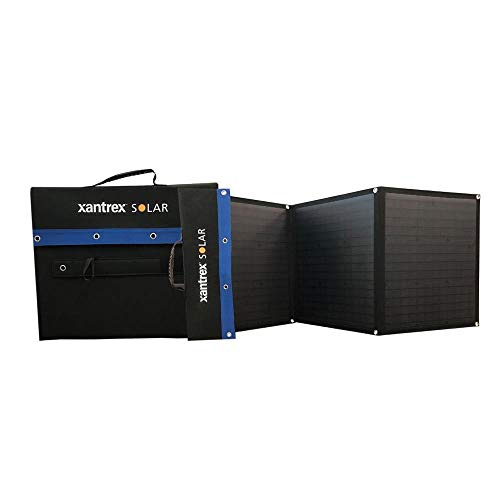dmackyaheard
Member
Hi there! I have a BougeRV 40L E-Series fridge. Last year, it would throw an E1 code (low voltage) and the compressor wouldn't turn on, even if the house battery was over the minimum voltage. Normally my house battery doesn't drop much below 12.5v (its a Renogy 100amp hour lithium). However, as soon as you started the engine, the E1 fault wouldn't show and the fridge would run normally. I emailed BougeRV at the time and they said to move the switch on the fridge to low-voltage mode, and I did this, and it worked. Apparently, this is the minimum voltage the compressor would kick on at.
SO.... I haven't had a peep out of the fridge till a few weeks ago. It is now doing the same as before, runs fine when the van is on, and throws an E1 if the van is off. I made sure the switch on the fridge is still on the low-voltage mode, and it is. I checked the Renogy App, and at the time the E1 code was on, the battery is at 88.98%, 13.2v, 88.86ah, and all of the house lights, fans, and electronics work in the van just fine.
My question is, do I likely have another fridge issue, or might there be something with the electrical system I should check out? Pics of the electrical system and battery status from the other day for reference. Thank you in advance for any feedback.


SO.... I haven't had a peep out of the fridge till a few weeks ago. It is now doing the same as before, runs fine when the van is on, and throws an E1 if the van is off. I made sure the switch on the fridge is still on the low-voltage mode, and it is. I checked the Renogy App, and at the time the E1 code was on, the battery is at 88.98%, 13.2v, 88.86ah, and all of the house lights, fans, and electronics work in the van just fine.
My question is, do I likely have another fridge issue, or might there be something with the electrical system I should check out? Pics of the electrical system and battery status from the other day for reference. Thank you in advance for any feedback.

































































